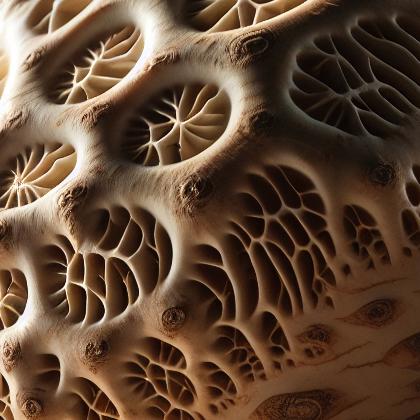Showing results for 'Celeriac'
close
Celeriac

Celery (Apium graveolens var. dulce) is a plant variety in the family Apiaceae, commonly used as a vegetable. The plant grows to 1 m tall. The leaves are pinnate to bipinnate with rhombic leaflets 3–6 cm long and 2–4 cm broad. The flowers are creamy-white, 2–3 mm in diameter, and are produced in dense compound umbels. The seeds are broad ovoid to globose, 1.5–2 mm long and wide.
Celeriac Pairs With:
Food Item
Flavor Affinity Level

Did you know there are 50 food flavor pairings in my database for Celeriac available. What you are seeing above is a random list of 30 items which pair with Celeriac.
For the entire list, beautifully formatted, enter your email address and click the download button below, then I'll email it to you as a PDF.
Celeriac Properties:
| Food Property | Type | Description |
|---|---|---|
| Flavor Profile | Sweet | Celeriac has a mild, slightly sweet flavor similar to celery. |
| Salty | Celeriac naturally contains some sodium, contributing to a slightly salty taste. | |
| Astringency | Celeriac does not have a strong astringent taste. | |
| Texture | Firmness | Celeriac is firm and can be crispy when raw, but becomes tender when cooked. |
| Moisture | Celeriac has a high moisture content, giving it a juicy and succulent texture. | |
| Nutritional Value | Fiber | Celeriac is a good source of dietary fiber, promoting digestion and gut health. |
| Micronutrients | Celeriac is rich in vitamins and minerals such as vitamin K, phosphorus, and potassium. | |
| Color | Natural Pigments | Celeriac has a beige to light brown outer skin with a creamy white flesh inside. |
| Aroma | Volatile Compounds | Celeriac has a distinct earthy aroma with hints of celery. |
| Cooking Behavior | Heat Conductivity | Celeriac cooks evenly and retains its shape well when exposed to heat. |
| Water Retention | Celeriac has good water retention properties, making it suitable for soups and stews. |
Food Pairing App - Version 1.2.0
